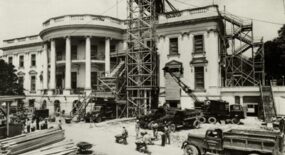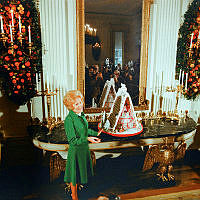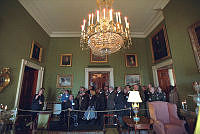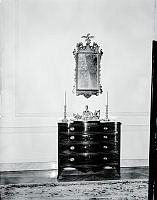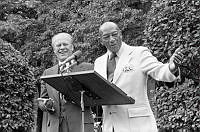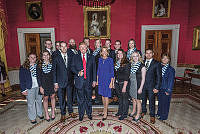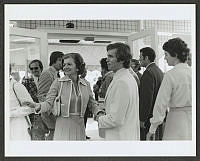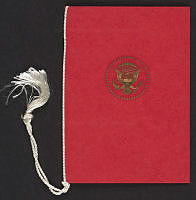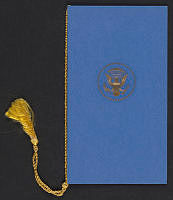
Preservation of the White House
In the 1960s, First Lady Jacqueline Kennedy oversaw the task of restoring the White House interiors and thus founded the White House Historical Association to enhance the understanding, appreciation, and enjoyment of the Executive Mansion. As a part of our mission, the Association provides financial support for acquisitions, refurbishing projects, and preservation initiatives of the White House, which involves collaboration










